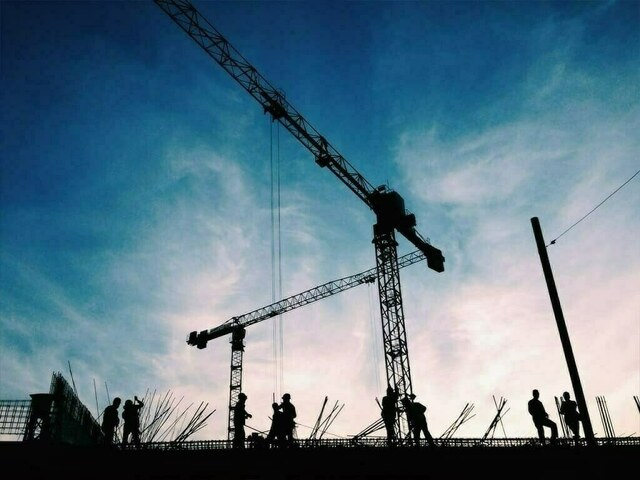
EDITORIAL: Chairing a review meeting for the Public Sector Development Programme (PSDP) for the last fiscal year and for the first quarter for FY2025-26 on September 18, Planning Minister Ahsan Iqbal was compelled by the dismal state of allocations for vital projects to warn that the foundations of national progress risk being undermined if the present trend of shrinking development outlays persists.
The minister noted that although spending crossed, for the first time, the Rs1 trillion mark last year, it has since fallen to just 0.8 percent of GDP — a record low. Back in 2018, this percentage had stood at 2.6 percent, but has ever since been in chronic decline, reflecting a steady erosion of the state’s commitment to long-term national development.
Even in the previous fiscal year when development spending hit historic highs, the original Rs1.4 trillion outlay for the period was pared back to Rs1.1 trillion on the IMF’s instructions. And the government failed to achieve even that curtailed figure, with actual spending amounting to Rs1.077 trillion by the end of FY2024-25, of which only Rs448.6 billion, or a paltry 41 percent, had been utilised in the first 10 months.
This surge in spending over the last two months of the fiscal year was a combination of the government’s efforts to meet budgetary targets, and the final release and booking of funds for development projects, even as some sectors saw their allocations fall short of original plans. It goes without saying that the recurring year-end scramble to disburse and utilise funds invariably undermines careful planning, compromises the quality of execution and diminishes the long-term value of critical development initiatives.
For the current fiscal year, the PSDP allocation was reduced to Rs1 trillion, which is a reflection of the constrained fiscal space at the federal government’s disposal, the legacy of imprudent past spending decisions and the steady weakening of the country’s development agenda.
As a result, we have to contend with a landscape littered with unfinished schemes, shrinking sectoral allocations, chronic delays in project completion leading to escalating costs running into trillions, the use of PSDP for deficit financing at times, and generally a pervasive absence of accountability and transparency in how funds are spent.
To compound matters, political priorities continue to override long-term development goals. Even as the planning minister urged ministries to “thoroughly reassess their portfolios and bring forward only essential and high-impact projects”, the PSDP nevertheless allocates Rs70 billion for parliamentarians’ discretionary constituency schemes – up sharply from Rs25 billion the previous year – while at the same time funding for education and health initiatives has been scaled back. This demonstrates that the pressures of a constrained fiscal space have not compelled the government to rein in narrow political considerations, even as they come at the expense of genuine national development priorities.
It is important to recognise that development funding towards projects of national importance plays a central role in driving economic growth, generating employment, strengthening infrastructure, education, health and other socioeconomic indicators, restoring business confidence and helping bridge regional imbalances. Its underutilisation leaves critical projects unfinished, deepens regional disparities and ultimately hampers national progress.
What we need, therefore, is a thorough reorientation of the government’s spending practices through timely disbursements, efficient funding of priority projects, elimination of bureaucratic bottlenecks, true devolution of powers down to the local government level to ensure effective resource allocation and the insulation of development priorities from short-term political considerations.
Without this, in an era marked by escalating climate challenges, regions left underdeveloped and scarred by militancy and terrorism, and a nation slipping further behind on both human and economic development indicators, the price of inaction will only grow heavier and harder to reverse.
Copyright Business Recorder, 2025



